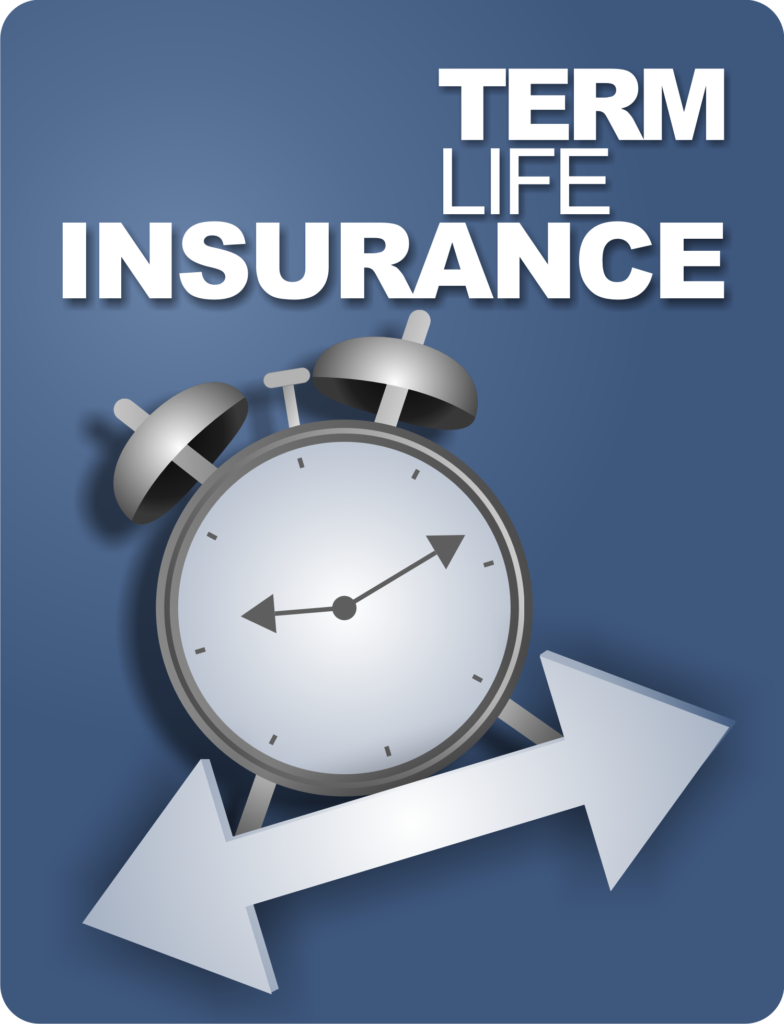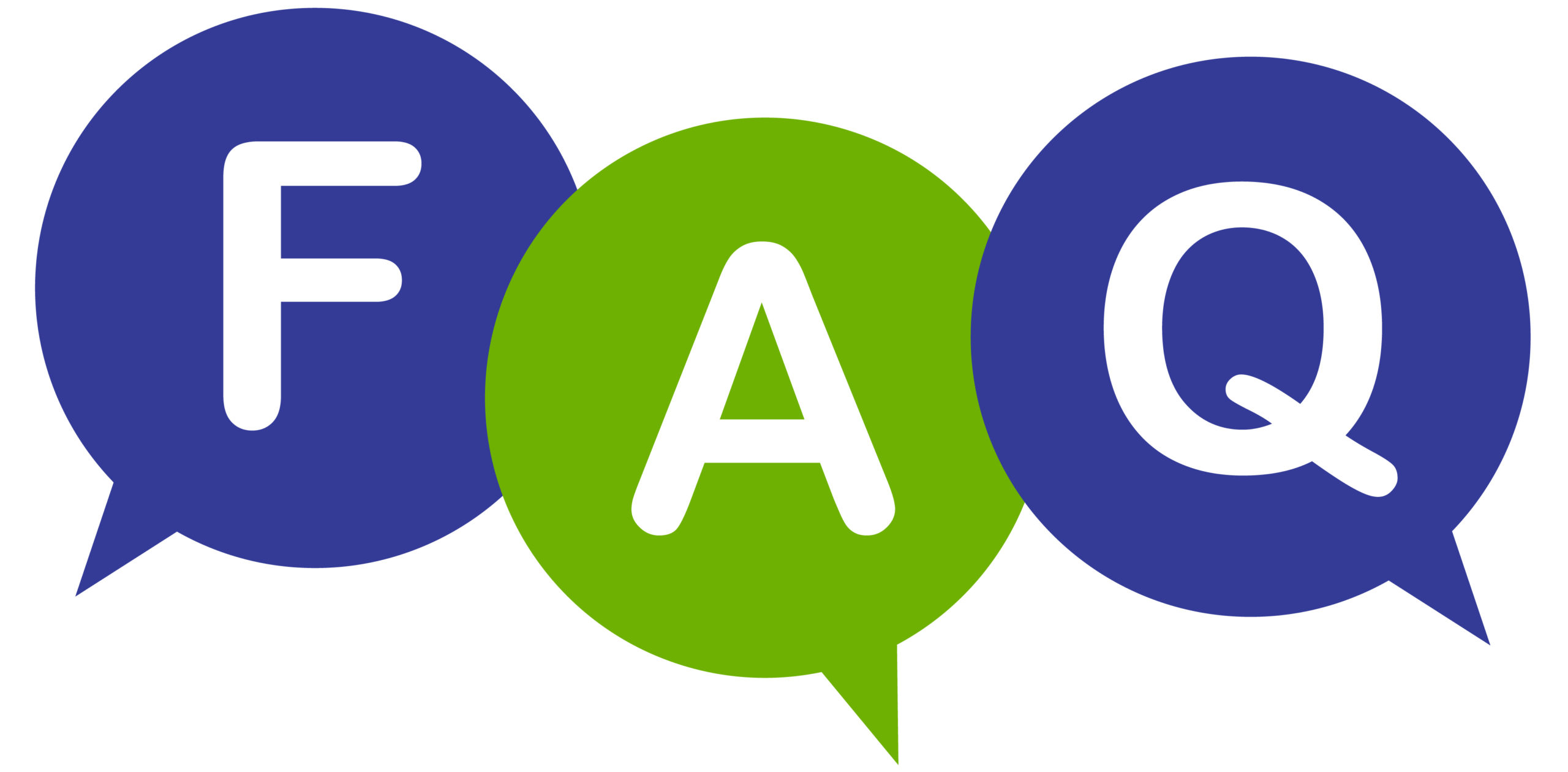- Dubai, United Arab Emirates
- tameenguru@gmail.com
- +971 54 379 7955













A life insurance policy guarantees the insurer pays a sum of money to named beneficiaries when the insured dies in exchange for the premiums paid by the policyholder during their lifetime.
Get Insurance Advice from Tameen Guru
For the contract to be enforceable, the life insurance application must accurately disclose the insured’s past and current health conditions and high-risk activities. Life insurance policies are not standardized, but they do have many similarities. The most fundamental of all definitions is the distinction among the owner of the policy, the insured, and the beneficiary. Often, the owner of the policy is the insured, or the beneficiary can own the policy, or they can be 3 separate parties.
Call us to get an Advice

Over 2000 Contacts Worldwide

100% Viewers Satisfaction guaranteed

First Educational Specialized Channel for Insurance

Insurance & Reinsurance Partners
Get Life Insurance Advice – instantly
The owner of a life insurance policy
is the one who has the rights stipulated in the contract.
These include the right to:
- name a beneficiary
- surrender the policy for its cash value
- transfer ownership
- receive participating dividends
The insured
who is often the owner of the policy, is the person whose death causes the insurer to pay the death claim to the beneficiary, who can be a person, trust, estate, or business. Although the owner has the right to name the beneficiary, whether the owner can change the beneficiary depends on whether the beneficiary designation is revocable or irrevocable.
The Beneficiary
The beneficiary is named in the policy to receive the proceeds of the death claim. Specific types of beneficiaries include primary and contingent beneficiaries; specific and class beneficiaries; and revocable and irrevocable beneficiaries.
One of its primary benefits is the plethora of different types of life insurance plan and policies on offer to prospective policyholders. One can choose their preferred plan based on their unique individual requirements.
Types of Life Insurance
Many different types of life insurance are available to meet all sorts of needs and preferences. Depending on the short- or long-term needs of the person to be insured, the major choice of whether to select temporary or permanent life insurance is important to consider.
Term life insurance
Term insurance is widely considered to be the simplest form of life insurance. Term insurance is a pure cover plan which offers protection for a specified time period 10, 20, 30 years, then ends. If the life insured passes away during that period, the nominee receives the predetermined death benefit. The most distinctive feature of term insurance is the high amount of coverage offered at extremely nominal premium rates. Certain term plans also boast of maturity benefits, i.e. the return of premiums in the event no claims have been made during the policy tenure. One can also enhance the amount of coverage offered by a term plan by opting for additional riders, such as Accidental Death Benefit or Child Support riders.
- Decreasing Term Life Insurance—decreasing term is renewable term life insurance with coverage decreasing over the life of the policy at a predetermined rate.
- Convertible Term Life Insurance—convertible term life insurance allows policyholders to convert a term policy to permanent insurance.
- Renewable Term Life Insurance—is a yearly renewable term life policy that provides a quote for the year the policy is purchased. Premiums increase annually and is usually the least expensive term insurance in the beginning.


Unit Linked Insurance Plans (ULIPs)
Among the different types of life insurance policies available, ULIPs enjoy a high amount of popularity owing to their versatile nature. ULIPs come with the two-pronged benefits of both investment and insurance. A portion of the premiums paid towards ULIPs is directed towards ensuring insurance coverage, while the rest of the premium is invested into a bouquet of investment instruments, which can include market-backed equity funds, debt funds and other securities. ULIPs are extremely flexible instruments since investors can easily switch or redirect their premiums between the different funds available. ULIPs are also touted as having an edge over other market instruments in terms of tax-saving benefits, since their proceeds are exempted from LTCG (Long Term Capital Gains).
Endowment Plans
This is another type of life insurance policy which acts as, both, an instrument for insurance and saving. Endowment plans aim to provide maturity benefits to the life insured, in the form of a lump sum payment at the end of the policy tenure, even if a claim hasn’t been made. Endowment plans are ideal for people looking to ensure maximum coverage alongside availing a sizable savings component. They help the policyholder inculcate the habit of savings, even while providing financial security to their family. Endowment plans can broadly be classified into two types: with profit and without profit. Policyholders can choose from these two types based on their risk appetite.


Permanent life insurance
Permanent life insurance stays in force for the insured’s entire life unless the policyholder stops paying the premiums or surrenders the policy. It’s typically more expensive than term.
- Whole Life—whole life insurance is a type of permanent life insurance that accumulates cash value. Cash value life insurance allows the policyholder to use the cash value for many purposes, such as a source of loans or cash or to pay policy premiums. Unlike term insurance, wherein the insured has coverage only for a specified period of time, whole life insurance offers coverage right until the death of the policyholder. You can opt for either a participating or non-participating policy, as per your financial needs and risk appetite. Though the premiums for participating whole life insurance are higher in comparison, dividends are paid out at regular intervals to the policyholders. The premium rates for a non-participating policy are lower, but the policyholder generally cannot avail the benefits of regular dividends.
- Universal Life—a type of permanent life insurance with a cash value component that earns interest, universal life features flexible premiums. Unlike term and whole life, the premiums can be adjusted over time and can be designed with a level death benefit or an increasing death benefit.
- Indexed Universal—this is a type of universal life insurance that lets the policyholder earn a fixed or equity-indexed rate of return on the cash value component.
- Variable Universal—with variable universal life insurance, the policyholder is allowed to invest the policy’s cash value in an available separate account. It also has flexible premiums and can be designed with a level death benefit or an increasing death benefit.
Life Insurance Riders
Many insurance companies offer policyholders the option to customize their policies to accommodate their needs. Riders are the most common way policyholders may modify or change their plan. There are many riders, but availability depends on the provider. The policyholder will typically pay an additional premium for each rider or a fee to exercise the rider, though some policies include certain riders in their base premium.

We've got answers

Frequently Asked Questions
1.What Affects Your Life Insurance Premiums and Costs?
- Age: This is the most important factor because life expectancy is the biggest determinant of risk for the insurance company.
- Gender: Because women statistically live longer, they generally pay lower rates than a male of the same age.
- Smoking: A person who smokes is at risk for many health issues that could shorten life and increase risk-based premiums.
- Health: Medical exams for most policies include screening for health conditions like heart disease, diabetes and cancer, and related medical metrics that can indicate risk.
- Lifestyle: Dangerous lifestyles can make premiums much more expensive.
- Family medical history: If you have evidence of major disease in your immediate family, your risk of developing certain conditions is much higher.
Driving record: A history of moving violations or drunk driving can dramatically increase the cost of insurance premiums.
2.What is the benefits of Life Insurance?
Life insurance benefits can help replace your income if you pass away. This means your beneficiaries could use the money to help cover essential expenses, such as paying a mortgage or college tuition for your children. It can also be used to pay off debt, such as credit card bills or an outstanding car loan.
3.What is the difference between death and life insurance?
Accidental death benefit plans only pay out if you die in a covered accident, while term life covers you if you die from an accident, illness, or natural causes, with few exceptions. It's affordable.
4.What are the fundamental principles applied to life Reassurance as opposed to general Reinsurance?
- Life Reassurance business is long term.
- Most Treaties are agreed with only one Reassurer.
- Most of Life Treaties are set up without a formal cancellation date.
- In a number of cases, some records of individuals risks are kept, although simplified administration is becoming more popular.
- Smaller sums reassured are more common in life business than in general reassurance.
